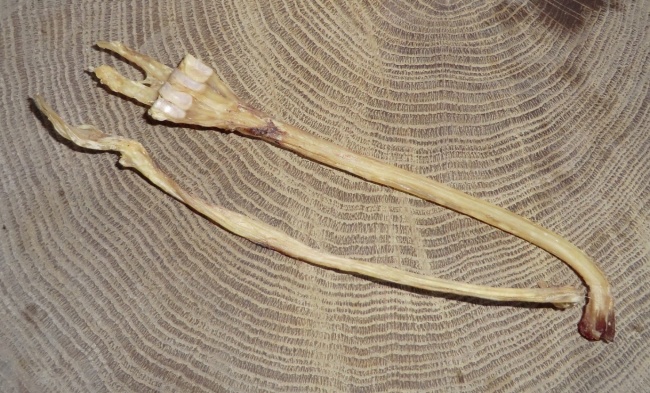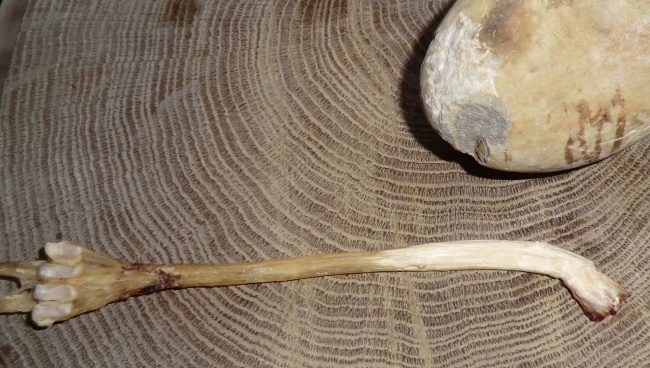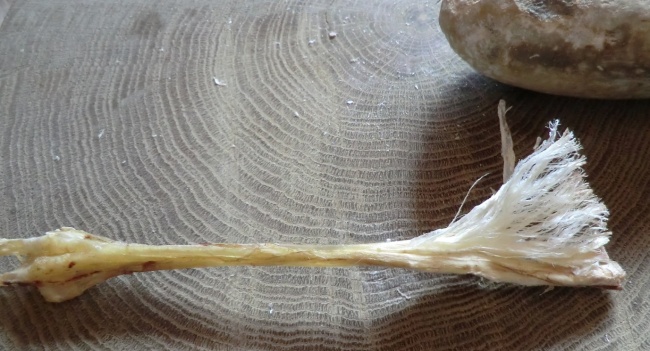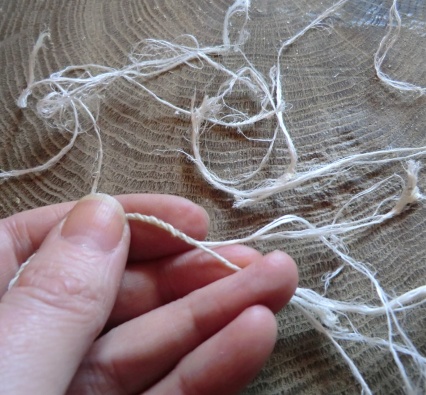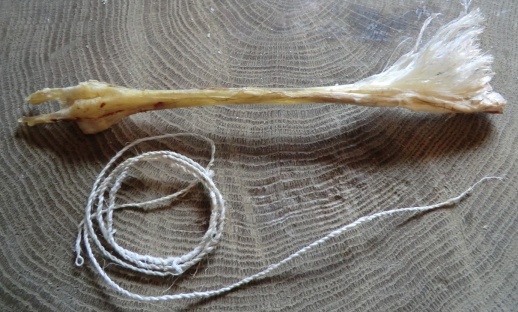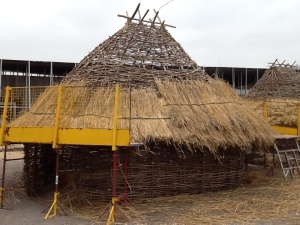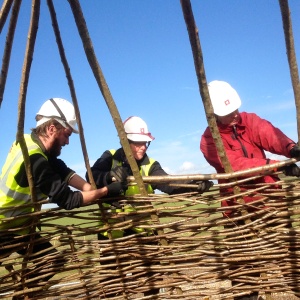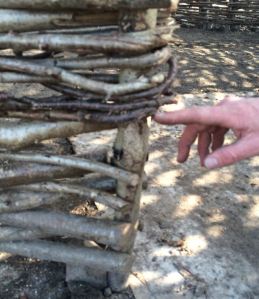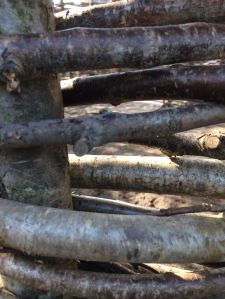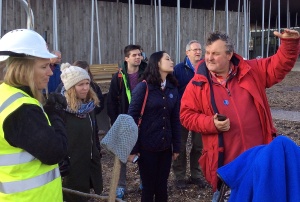
What made you want to get involved with the Neolithic Houses project?
A desire to learn something practical about how our ancestors lived and fitted into the local landscape and to attempt to replicate some of the skills necessary to survive in that period.
What are you enjoying about the project so far?
The comradeship of fellow travellers uniting to learn new skills and to put them into practice.
Is there any part of the project that you’re particularly looking forward to or that you are particularly interested in?
Having done the “dry run” at Old Sarum, it is fascinating seeing all our newly acquired skills coming together in the finished article. I find all aspects of the build intrinsically interesting.
In what ways has being involved in this project made you think differently about the people of Stonehenge and their lives?
How efficient and durable were their “temporary” domestic structures. I am sure that they were erected in less time than we took (bearing in mind that our group of volunteers were perhaps at least double the age and perhaps not so physically able as the original builders). I also find it amazing that so much skill and experience could be transmitted from one generation to the next under what we would consider arduous (and brutish) conditions especially when at the same time they had to forage/hunt for food. The building of Stonehenge indicates a high level of organisation with the ability to generate the requisite amount of time required to plan and execute the original concept and for generations following to expand that into the final form we have today.
What do you do when you’re not building Neolithic houses?
Being one of the many retired OAP’s I do nothing else – except being a Salisbury Cathedral Tower Tour Guide (since it was built…), play badminton, engage in other local activities, sail our sloop (tide and wind permitting), travel through France for up to six weeks a year (in search of ancient ruins and wines), very amateur local historian, keen visitor of historic sites that were once in the care of the Ministry of Public Buildings & Works (but are now split up into EH, CADW and Historic Scotland amongst others), etymology -with a keen interest in place names in England especially those indicating the routes taken by successive economic/social/military incursions throughout our history, making and playing music of most persuasions (fumbling bass player of various stringed instruments ), film maker extraordinaire, keeper of useless facts and figures.
What would you say to people who are tempted to volunteer at Stonehenge?
With my recent experience dress up warmly with waterproof clothing! Stonehenge is a unique structure which is gradually unveiling more of it’s past so therefore it’s story is continuously unfolding. It has a wealth of information already in the public domain, and it requires people with the skills and enthusiasm to convey this information in a simple and easily digestible form for the general public. I do not believe in “experts” (disassembling the word gives you a has-been and a drip…) Simply put, an unlettered person with a love of the subject who can convey this effectively to a general audience is the ideal person. Having said that, there are also many other aspects of the whole visitor experience where a volunteer does not come into direct contact with the general public, but whose worth is as valued.
Additional Volunteering Opportunities
If you are interested in beoming a Stonehenge Neolithic House Interpretation Volunteer, you can find out more on the English Heritage website. As a Neolithic House Interpretation Volunteer you will be responsible for maintaining the Neolithic houses once they are built (which weather permitting will be by the end of April), by lighting fires and assisting with the building maintenance. You will bring the stories of the Neolithic people to life in our external galleries and provide a warm and friendly welcome for all visitors, helping us to deliver a world class visitor experience.
![]() @neolithichouses is on twitter and we’d love to answer any questions you have about the build or the replica objects going into the houses.
@neolithichouses is on twitter and we’d love to answer any questions you have about the build or the replica objects going into the houses. 
